Fact-Checking the C-Suite
How crowd-powered annotation systems could dramatically improve corporate decisions
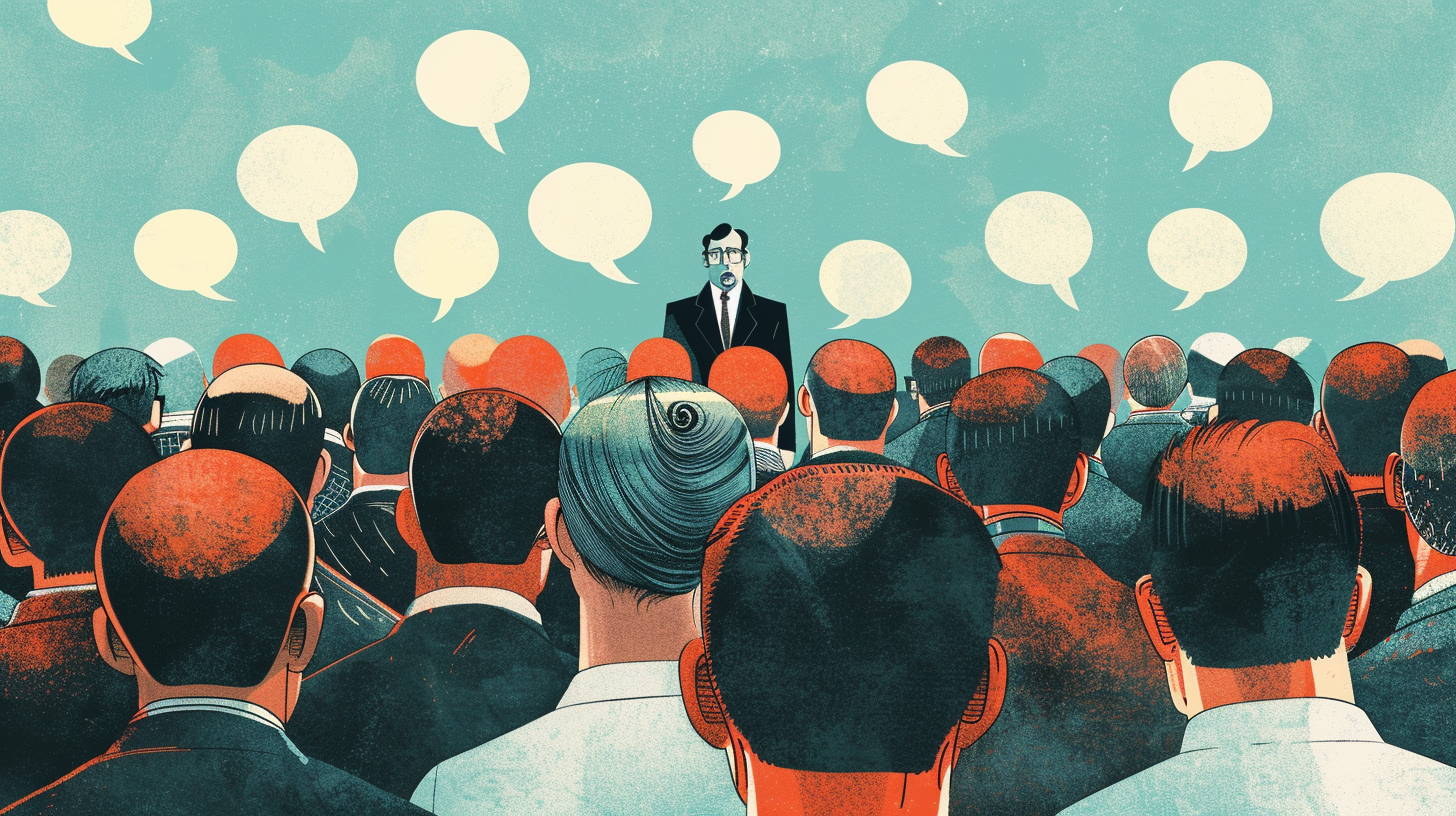
In 2000, Netflix founder Reed Hastings offered to sell his fledgling DVD-by-mail company to Blockbuster for $50 million. Blockbuster CEO John Antioco, confident in his company's dominance (and skeptical of all things online), declined. Industry incumbents kept dismissing Netflix for more than a decade after that, even as the company pivoted from mailing to streaming movies in 2007.
By 2010 Netflix had grown to 18 million subscribers, but TimeWarner Cable's CEO, Jeff Bewkes, was comparing it to the Albanian Army: "Is the Albanian army going to take over the world? I don't think so." Four years later, Bewkes was still rationalizing Netflix’s growth (up to 48 million subscribers then) as a temporary phenomenon, arguing that when cash-strapped millennial cord cutters started earning enough to afford a cable subscription, they’d return to the fold. Views finally adjusted to reality in 2016 (see below).
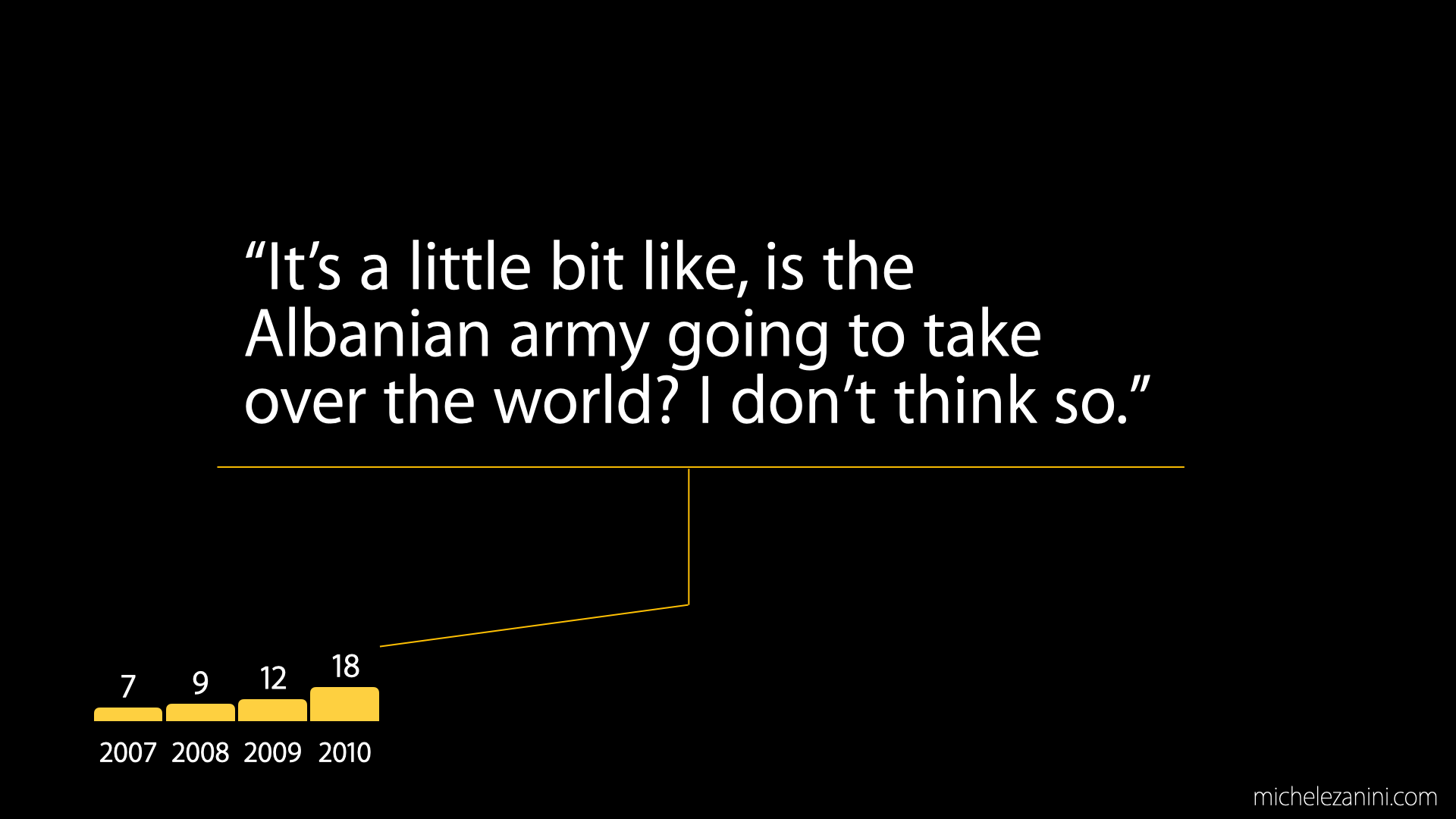
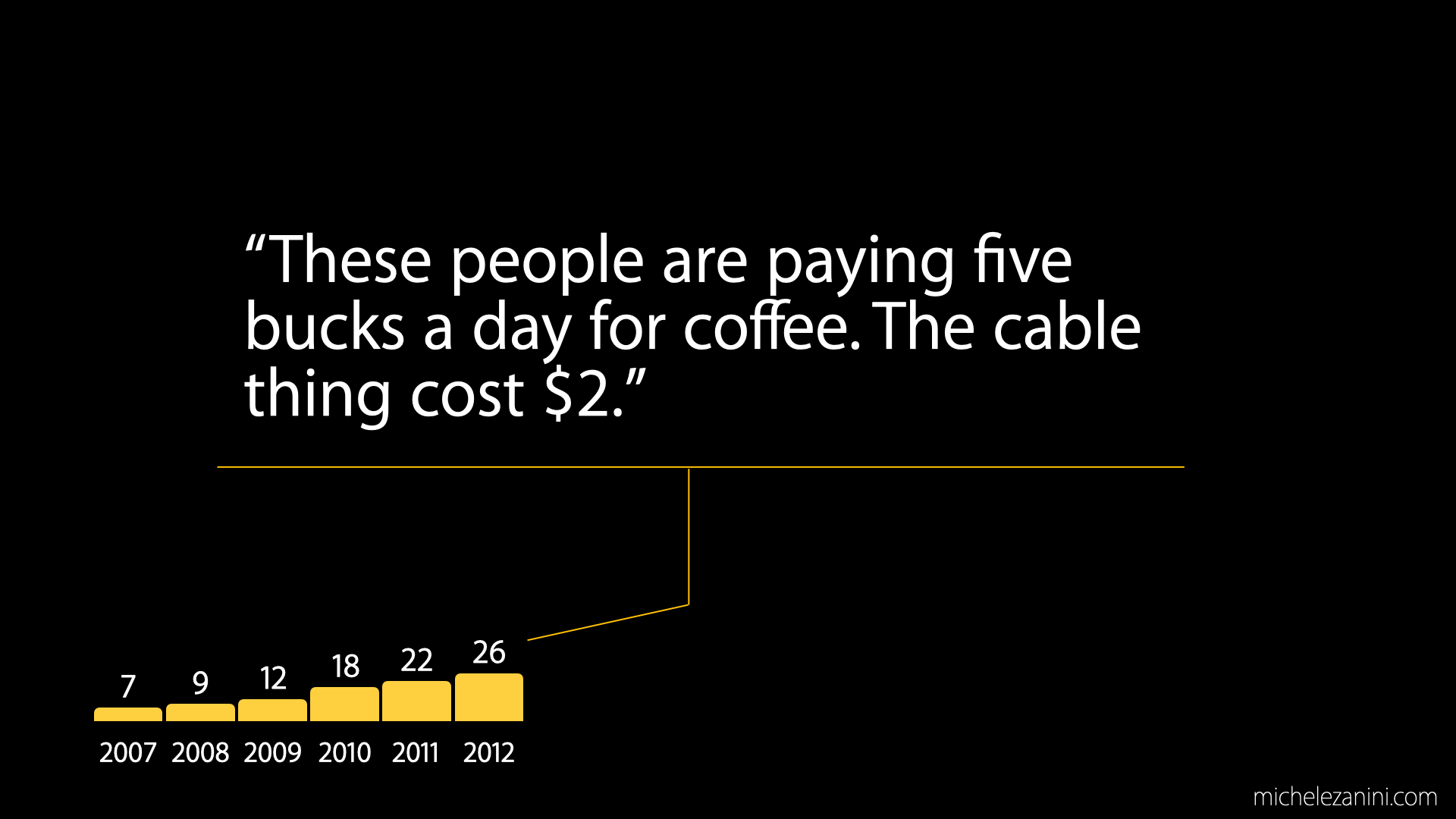
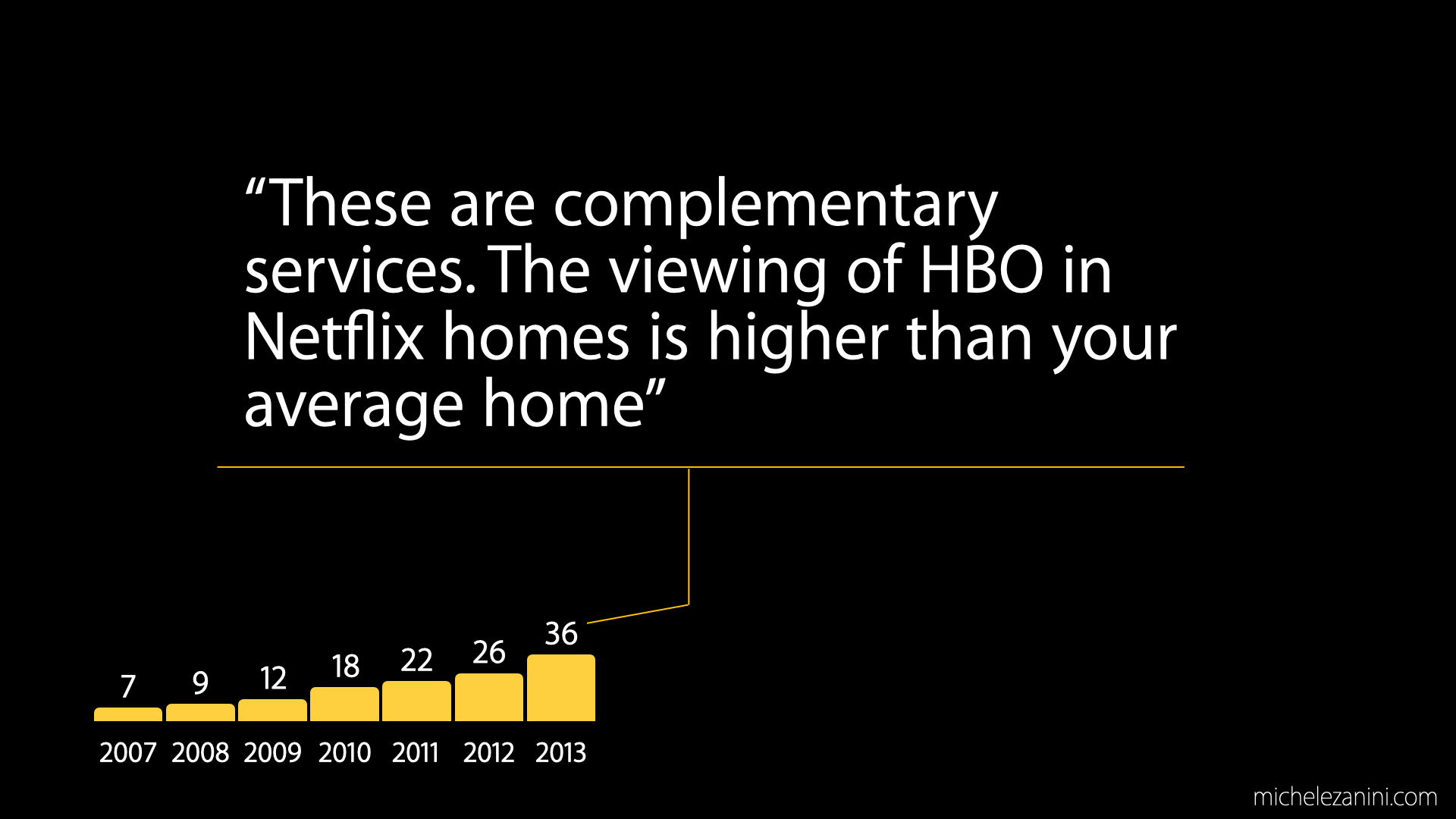
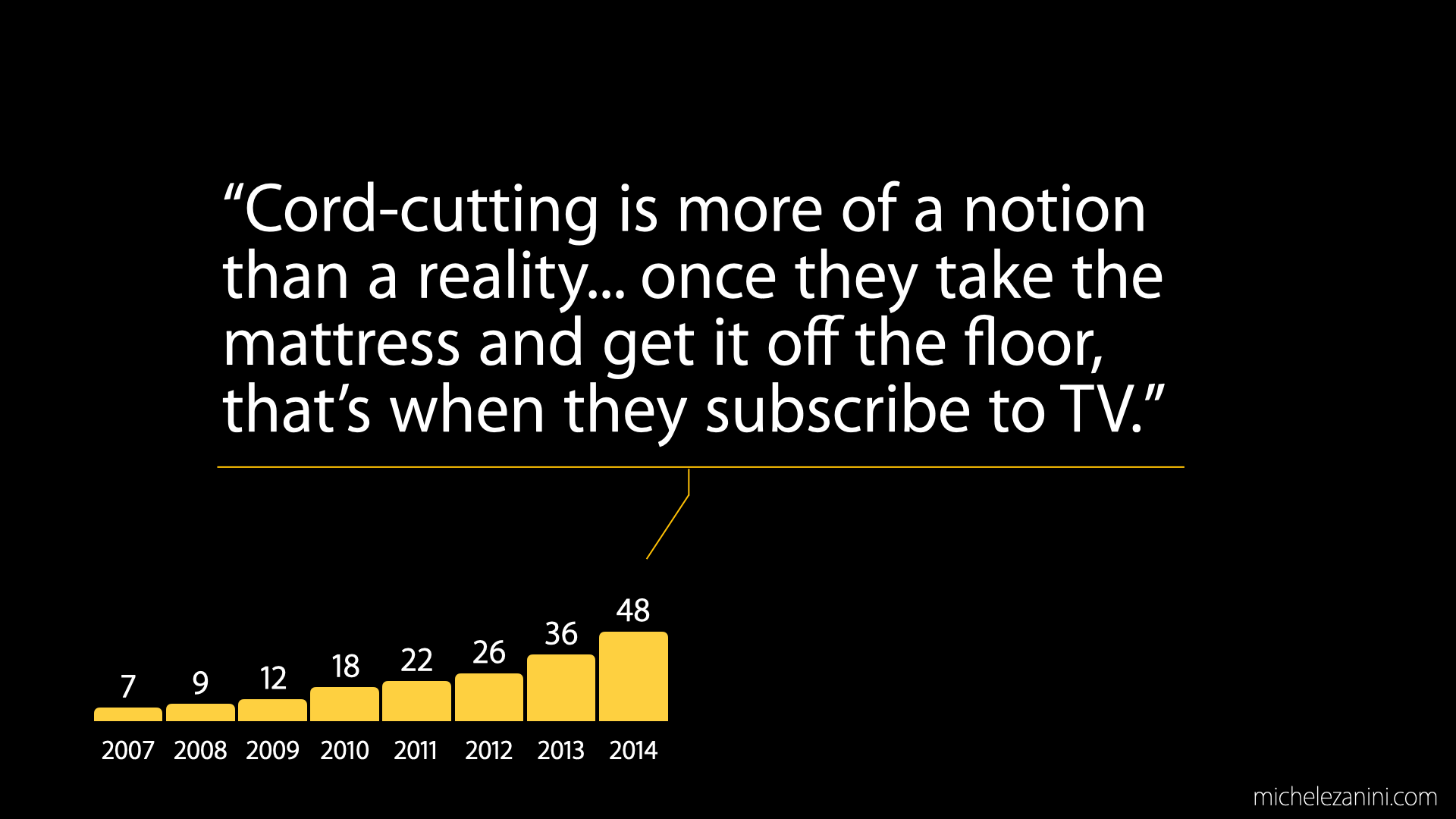
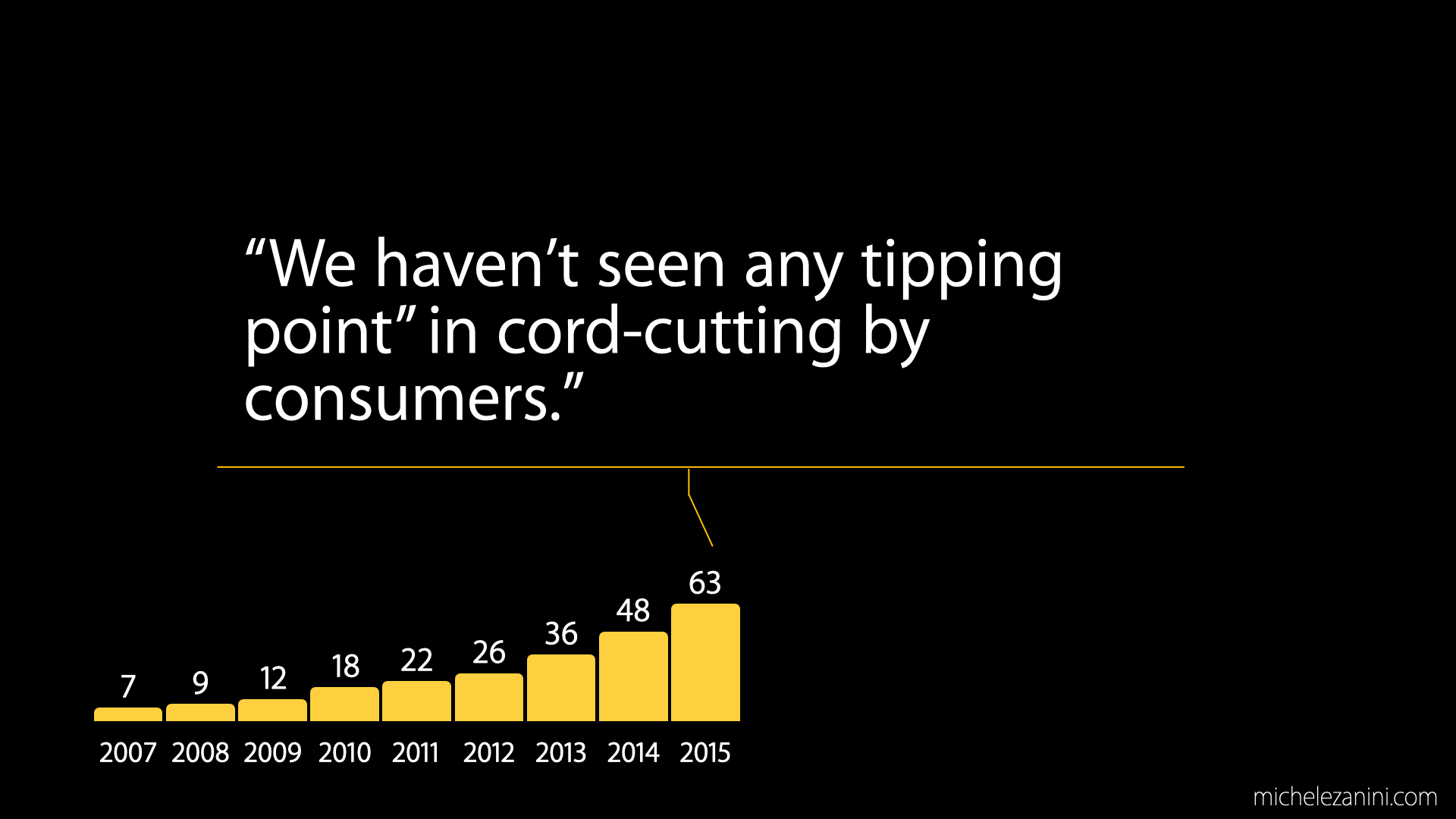
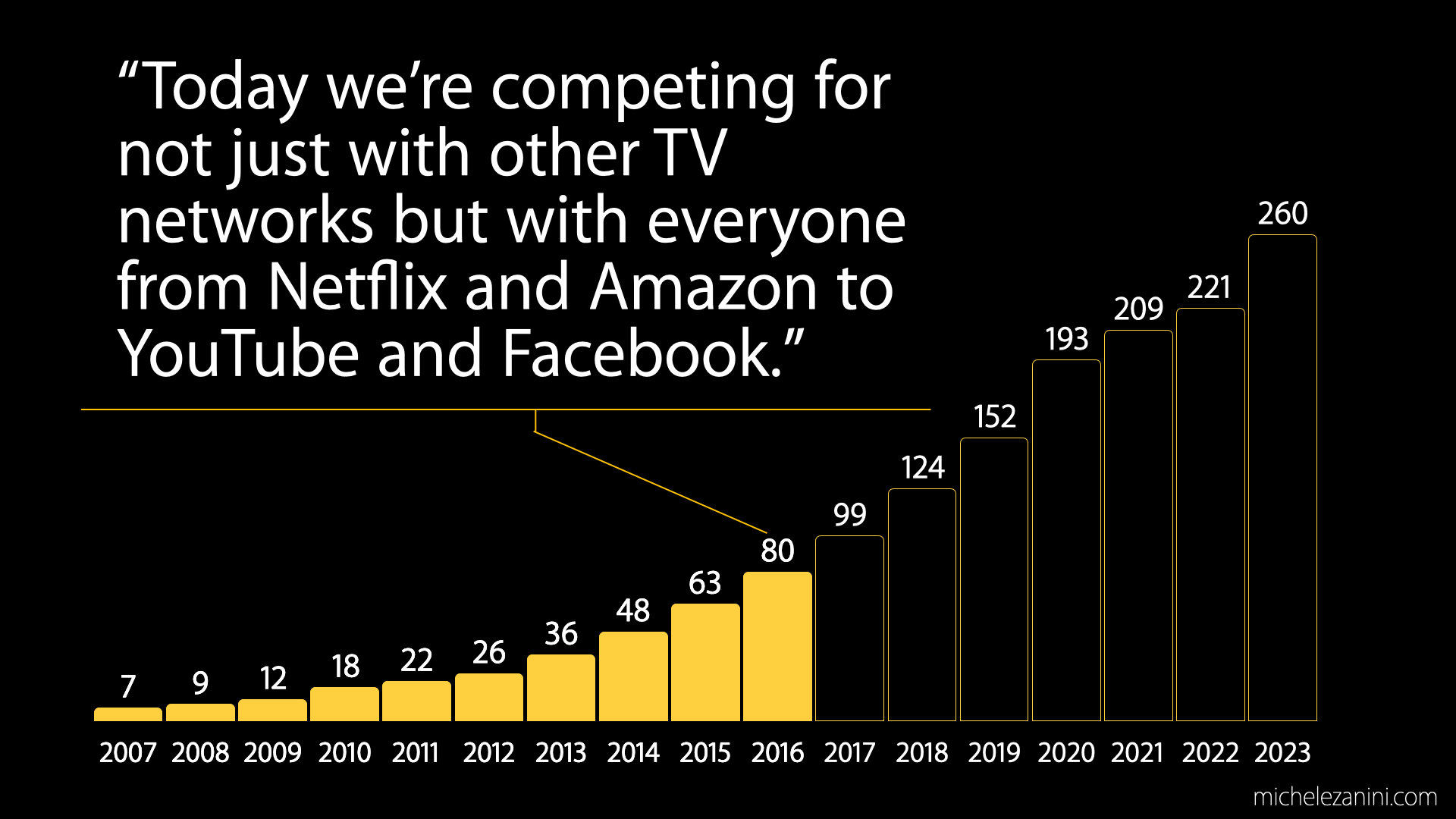
Time Warner CEO's statements about Netflix and cord cutting over time
Today, Netflix boasts over 260 million subscribers and is worth nearly $300 billion, while Blockbuster is extinct and TimeWarner has been absorbed into another media empire. Surely, somewhere within Blockbuster's ranks there were employees who recognized the potential of online distribution of DVDs and the threat it posed to their business model when Hastings made the pitch. It's also likely that a large number of knowledgeable TimeWarner people became deeply concerned about the exodus of cable TV subscribers soon after the launch of Netflix, Youtube, and other streaming services.
This kind of executive myopia is common. You probably remember Microsoft's Steve Ballmer dissing the iPhone as an overpriced gadget that business customers would detest, or executives at German automakers saying Tesla is a “joke” that shouldn’t be taken seriously. This happens for a number of reasons. First, leaders are insulated—organizationally, culturally, and geographically—from the fringes where new trends take shape. Second, this isolation is exacerbated by kowtowing underlings who’ve learned there’s little profit in delivering bad news (don't bite the hand that feeds you!). Third, while executives may have the benefit of experience, they’re weighed down by legacy beliefs. Many of their assumptions about customers, technology, and the competitive environment were forged years or decades earlier, and reflect a world that no longer exists.
But what if there was a system that allowed employees to "fact-check" and annotate strategy and other big calls executives get to make, bringing important data and perspectives to light?
Such a system already exists—just not in the corporate world. X's Community Notes feature allows users to correct and provide context to posts on the platform. Its success in combating misinformation and holding influential voices accountable on social media holds valuable lessons for decision-making inside organizations.

While social media and corporate environments differ, they share core challenges: obtaining unbiased views on important claims and empowering individuals at all levels to contribute meaningful insights (and speak truth to power).
How Community Notes works
First piloted in 2021 and then scaled up significantly after Elon Musk's acquisition of Twitter, Community Notes allows users to annotate posts they believe aren't accurate, or lack important context. These notes are not immediately visible to other X users. They first need to be certified as helpful (or not helpful) by other raters. At the core of this approach is an algorithm that elevates notes highly rated by users with different perspectives, rather than just popular or majority opinions (it also downplays polarizing ones).

Community Notes works with anonymity—the algorithm doesn't need to know anything about users' actual identities or beliefs; it infers their viewpoints purely based on their rating behavior. The system’s core insight is this: when users with divergent viewpoints converge on rating a note as helpful, it's a strong signal that the information is valuable for all users. (If you want to geek out on the mechanics of the algorithm, see this paper).
There are over 500,000 Community Notes contributors across 70 countries. In 2023, more than 37,000 notes were shown over 14 billion times; in just the first four months of 2024, over 29,000 notes got 9 billion views. The impact of all this activity has been substantial: posts with notes see a 60% reduction in the spread of misleading posts, and 80% increases in deletion. Users find the notes more trustworthy and effective at identifying misleading content than warning labels.
Community Notes has proven remarkably accurate on highly contentious topics. In a study conducted by the Stanford Internet Observatory, researchers examined a sample of 400 Community Notes related to Covid-19 vaccines. They found that 97.5% of the notes were accurate in identifying and contextualizing misleading posts, and that high-quality sources were cited nearly 90% of the time. “Notes typically addressed obvious misinformation, offering corrections from credible sources,” says Nimit Desai, a study co-author. "It's remarkable to witness the online community's adeptness in steering conversations towards accurate and high-quality evidence when provided with the right tools."
The system is also highly responsive, with notes appearing within hours on viral posts. "Media notes" on misleading images and videos have been shown on hundreds of thousands of tweets, garnering over a billion views. This speed and coverage would be impossible to match if X relied on a group of credentialed moderators.
Community Notes is designed to be meritocratic and transparent. New contributors start by rating existing notes, gaining the ability to write notes once their ratings consistently align with the community. However, if a contributor's notes are frequently rated unhelpful by users with diverse views, they lose writing privileges until they rebuild credibility through quality annotations. The algorithm and its outputs are entirely open to public inspection, allowing anyone to see exactly how decisions were made. Users can also check how many notes have been attached to different accounts—the idea being that the more notes an account has, the less reliable it is as a source. No one is above crowd-based evaluation, not even Elon himself. As of this writing, Musk's posts have attracted 83 community notes, making him the fortieth most annotated account on the platform.
Applying the Community Notes Approach inside Organizations
Could something like Community Notes help depoliticize and de-bias information sharing and decision-making in organizations? Absolutely. Imagine a company facing a major strategic decision, like responding to a new competitive threat, entering a new market, or centralizing operations. The CEO could share a proposal memo and invite employees to annotate the document with critiques and suggestions, and then rate the quality of their peers' annotations. A Community Notes-like algorithm would publish input that resonates widely across the organization.
Here's a specific scenario: The CEO of a large retail chain shares a strategic memo outlining a plan to respond to a tech giant's aggressive expansion into physical retail and groceries. The document highlights a number of priorities, like accelerating e-commerce capabilities, selectively upgrading stores, exploring tech partnerships for last-mile delivery, and leveraging the company's vast supplier network. However, it stops short of major organizational changes or significant shifts in resource allocation.
When employees begin annotating the document:
As employees rate these annotations, the algorithm identifies and eventually displays those that resonate across diverse groups within the company. It also discounts those that reflect siloed, parochial views.
The result is a set of detailed, fact-based, and broadly shared insights that constructively challenge an overly conservative strategic take from the C-suite (they would also be manageable in number, since only the annotations gathering the most support across the organization would be visible). In my experience, inclusive and open approaches to strategy making such as these lead to much better decisions, and also better execution since those tasked with carrying out the strategy have shaped it from the outset.
This general approach can be applied beyond strategy choices. An "Innovation Notes" system, for example, could shake up how firms identify and fund new ideas. Employees would post and rate new insights about the customers or new product concepts, with the algorithm spotlighting contributions that excite people across different departments or backgrounds. This could unearth opportunities typically buried in corporate silos, giving front-line staff a real shot at shaping the company's business.
A "Policy Notes" system could improve how companies develop internal rules and procedures. When drafting a return-to-office policy, HR could share a proposal and invite employee input. The algorithm would surface the most resonant feedback, providing a strong, fact-based signal of company-wide consensus. This would not only help HR craft more nuanced and widely accepted policies, but also increase accountability by making it difficult to ignore well-supported concerns or suggestions.
A "Performance Notes" setup could also transform how companies assess people. Instead of relying on one manager's view, coworkers would offer anonymous feedback on each other's work. The system would then highlight consensus themes from a range of perspectives, painting a fuller picture of each employee's impact.
The beauty of these applications lies in their ability to cut through hierarchical or departmental bias and surface helpful suggestions that are broadly supported.
Executives might bristle at the notion of their decisions—from strategy and policy to resource allocation and performance evaluation—being scrutinized by employees across the organization. But how else can companies truly tap into their collective intelligence and avoid blind spots? The choice is clear: embrace the wisdom of the crowd or risk the fate of the herd.
